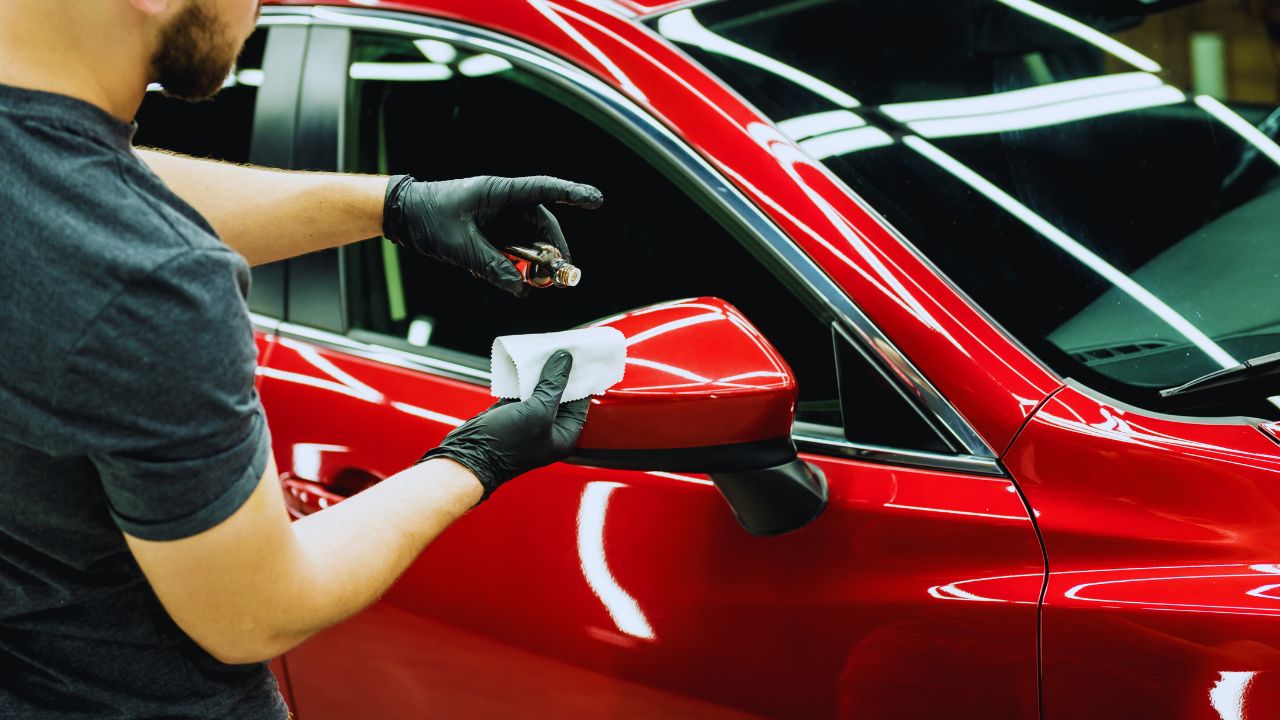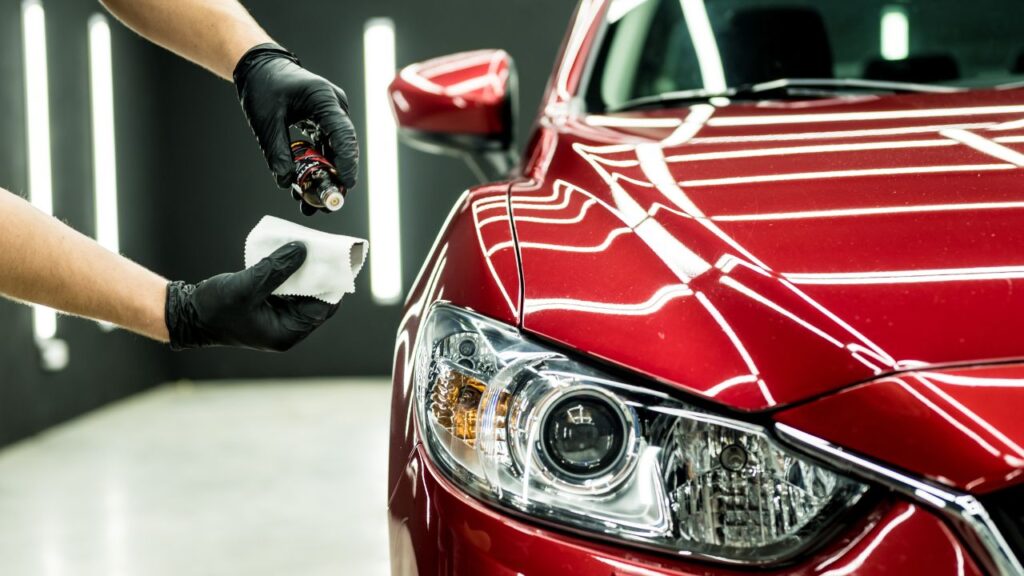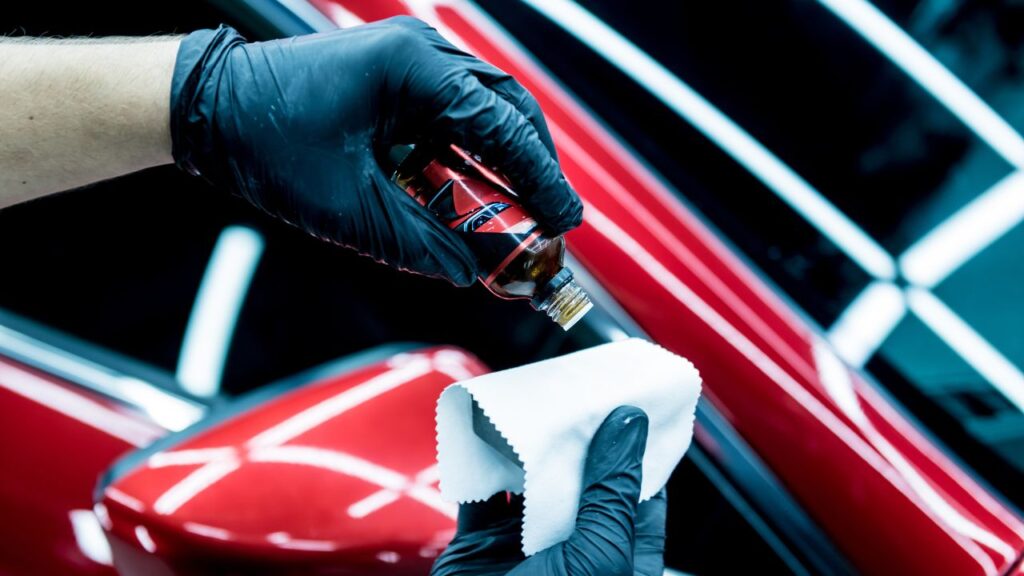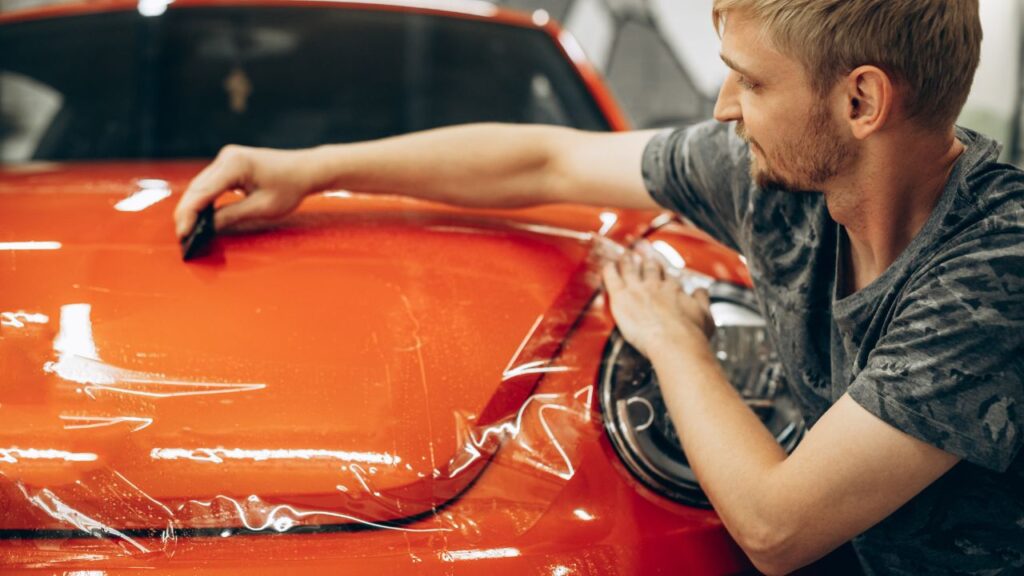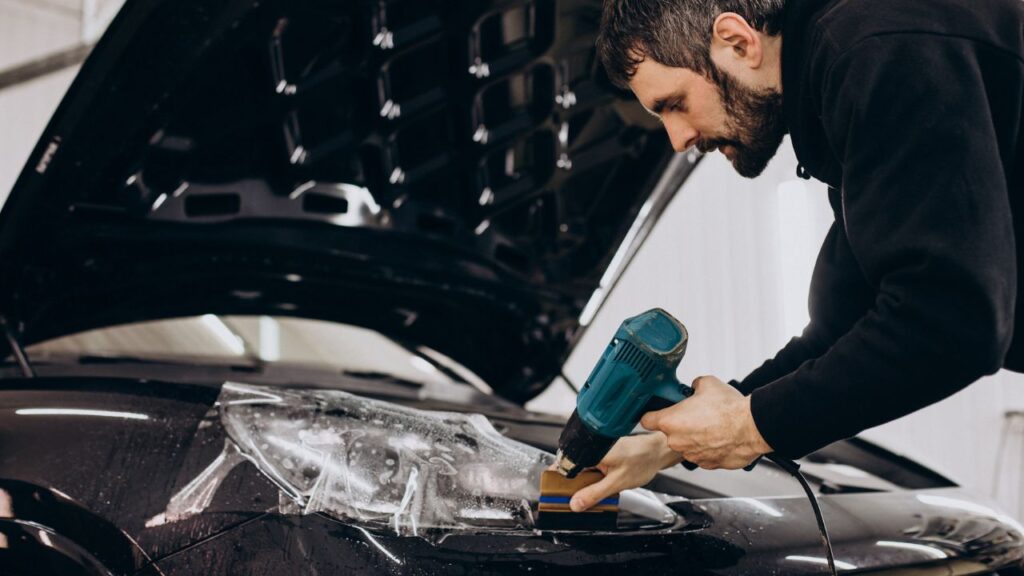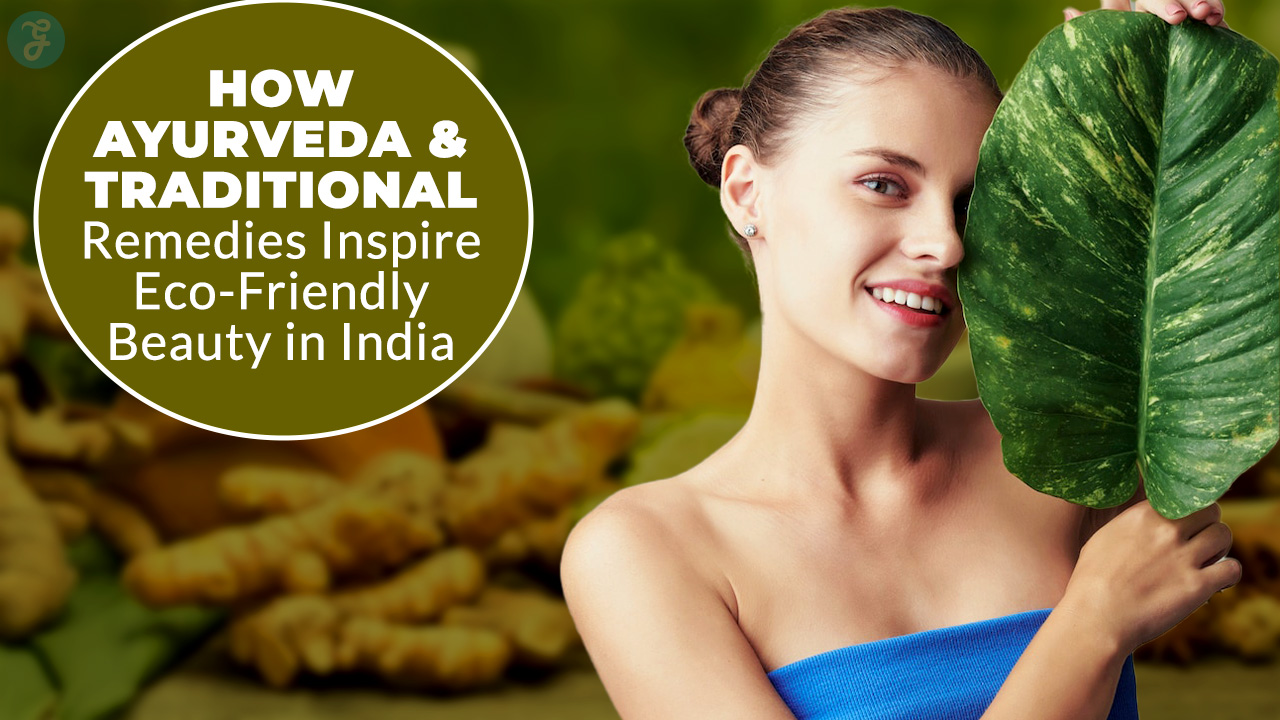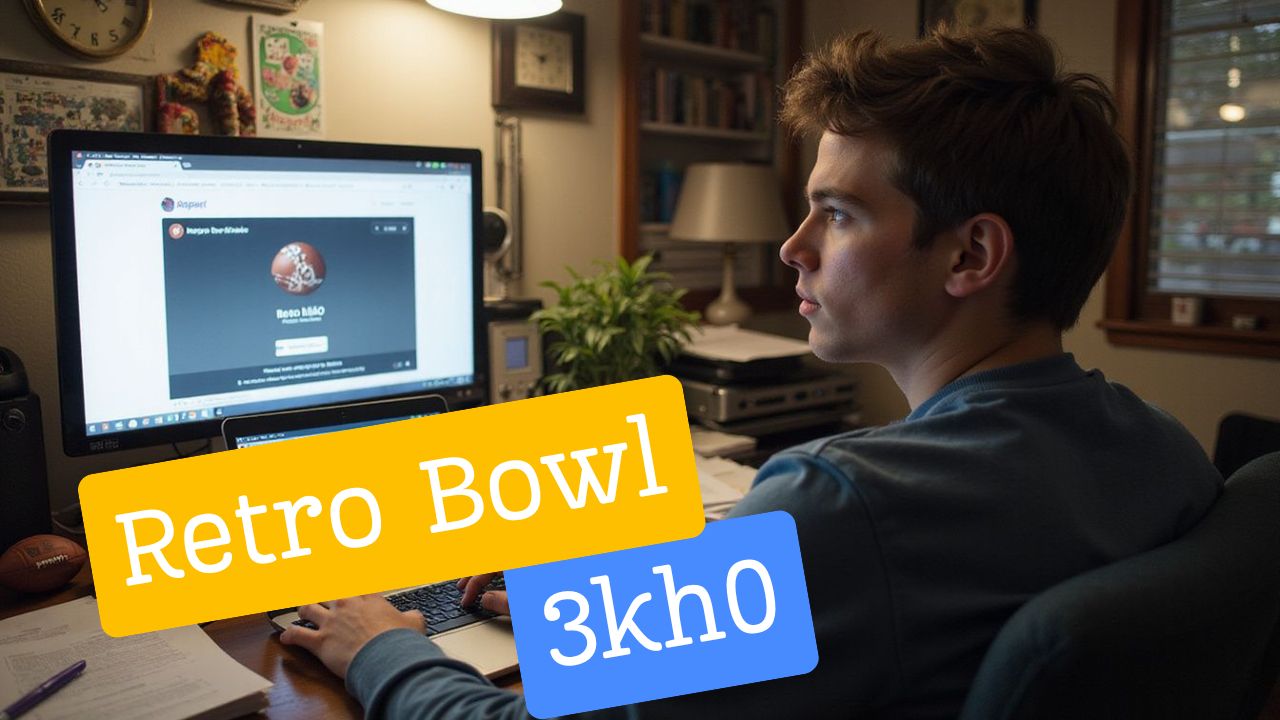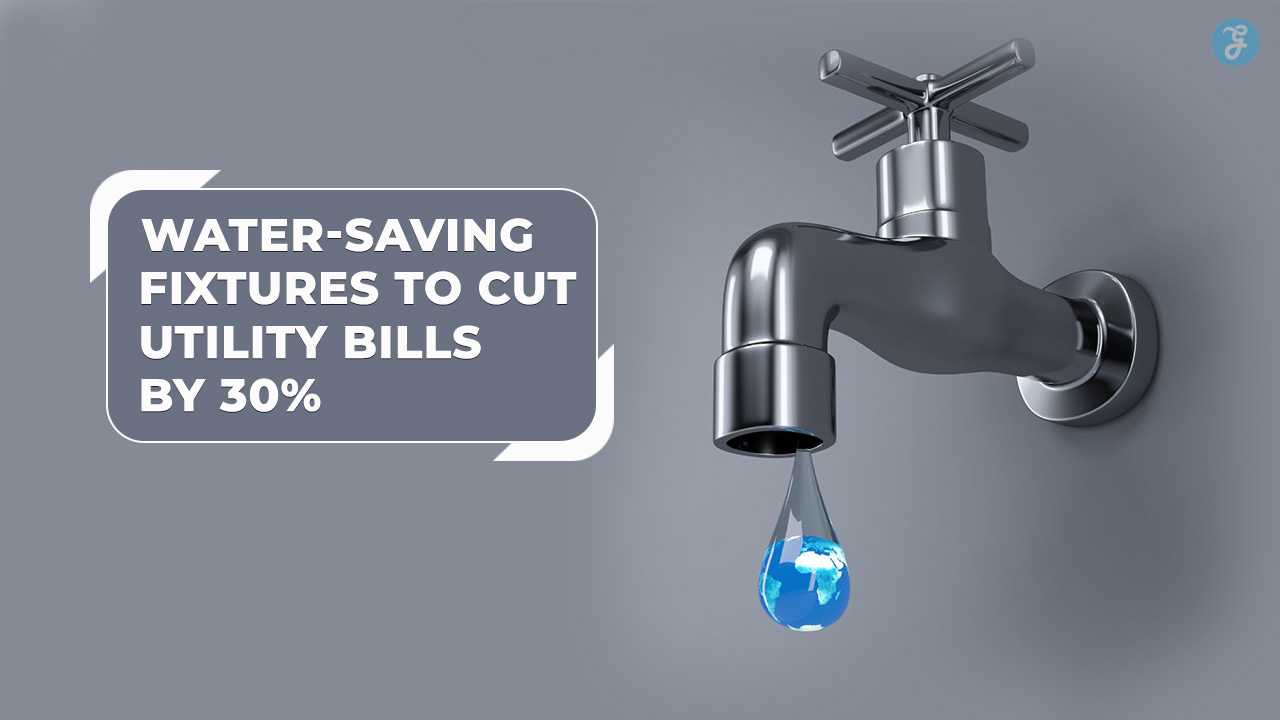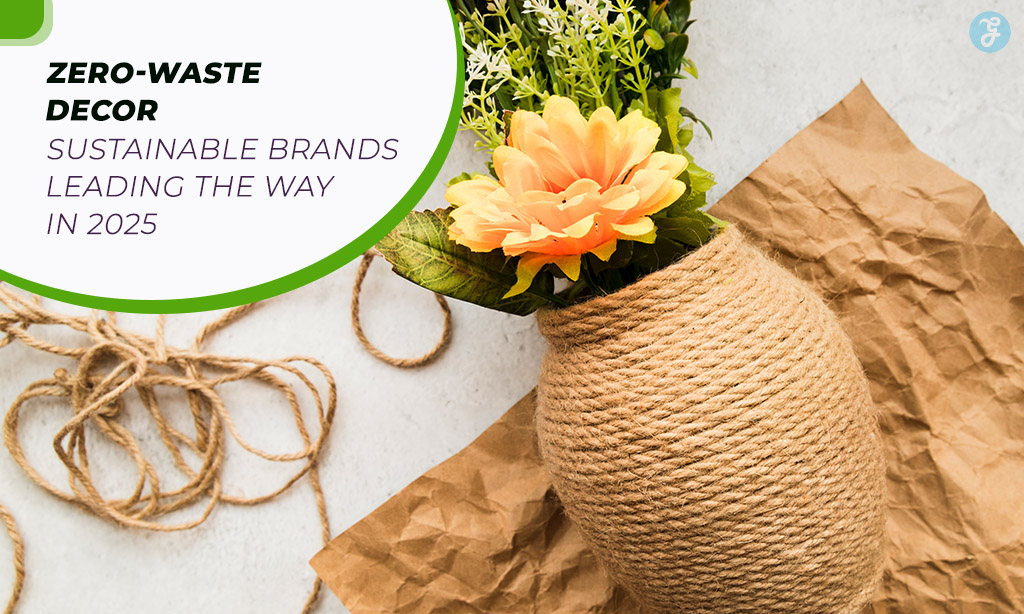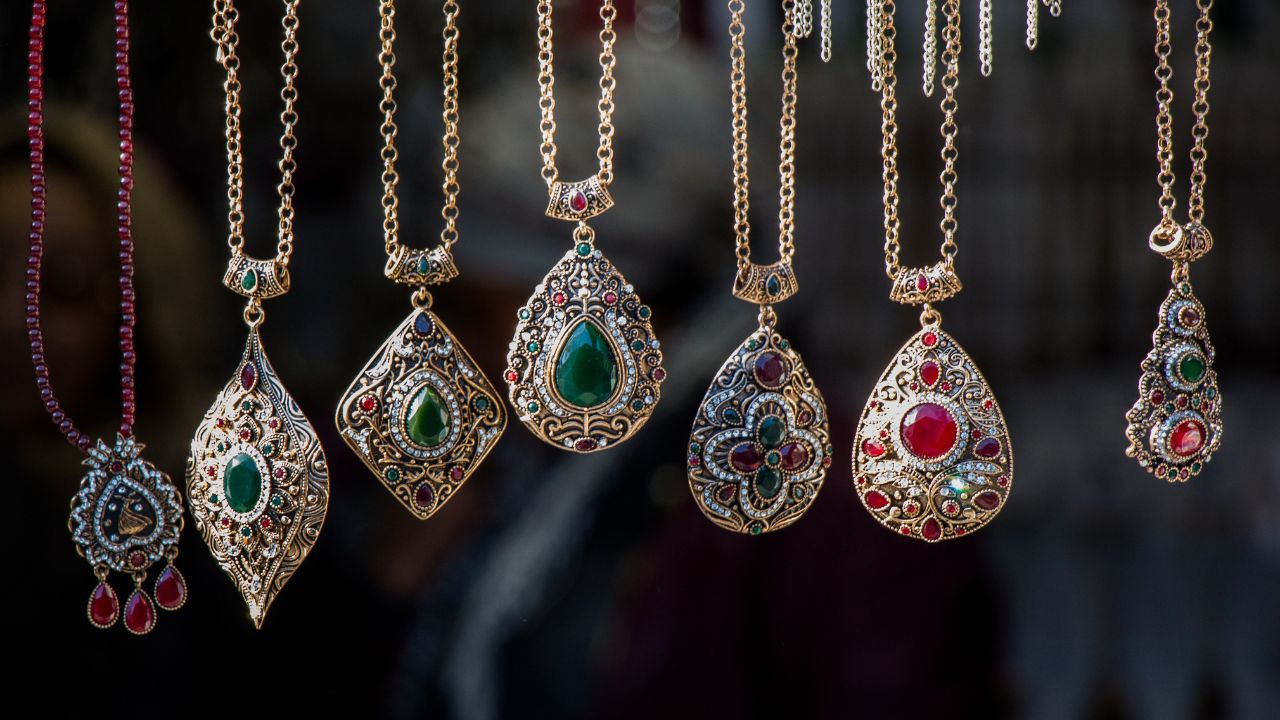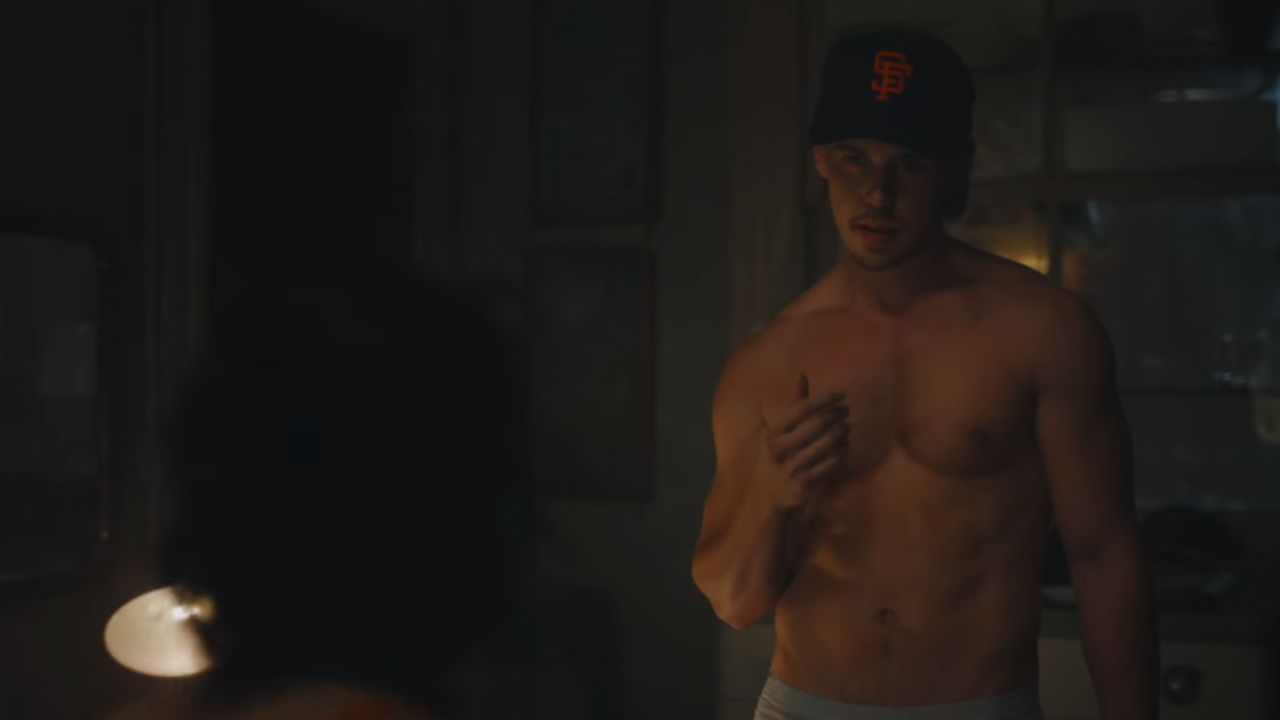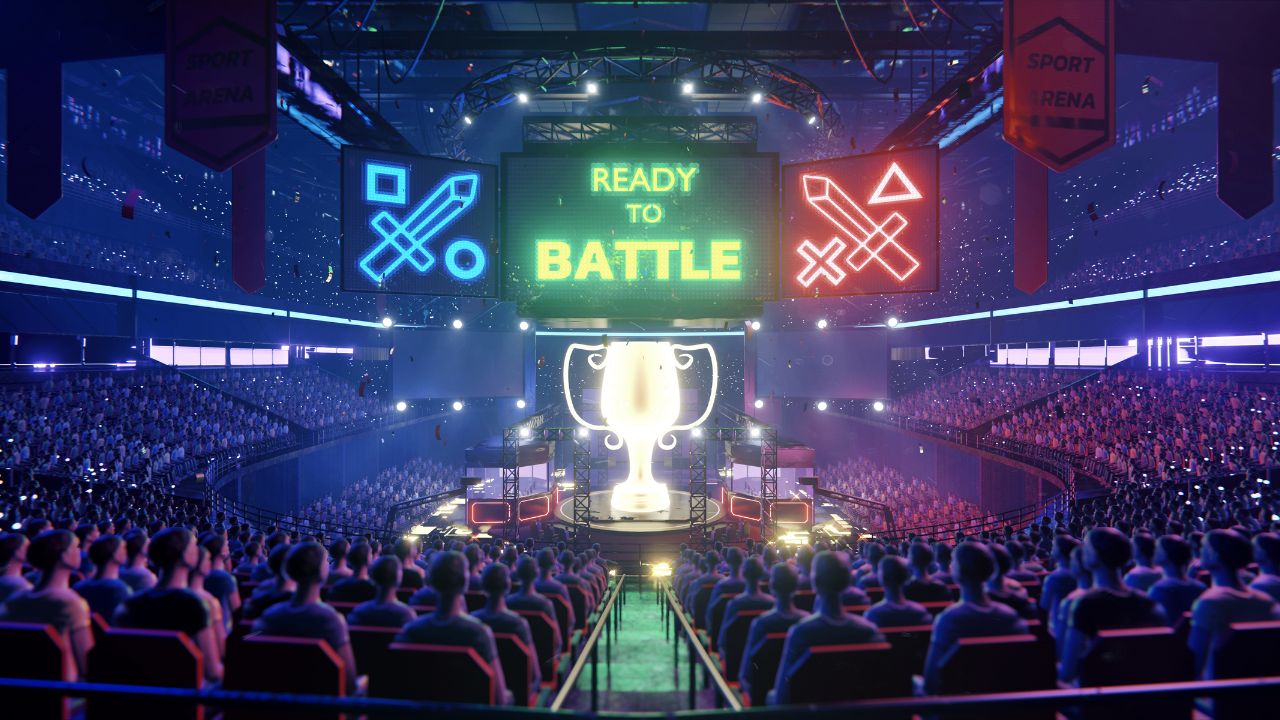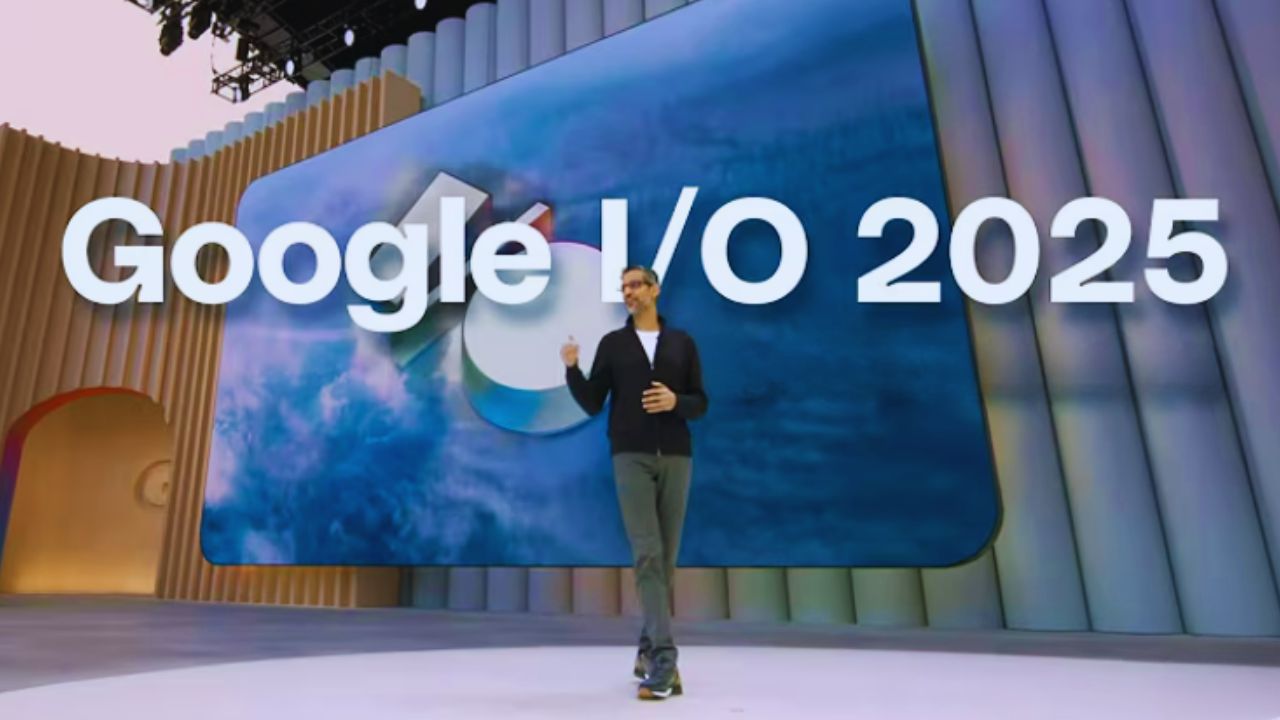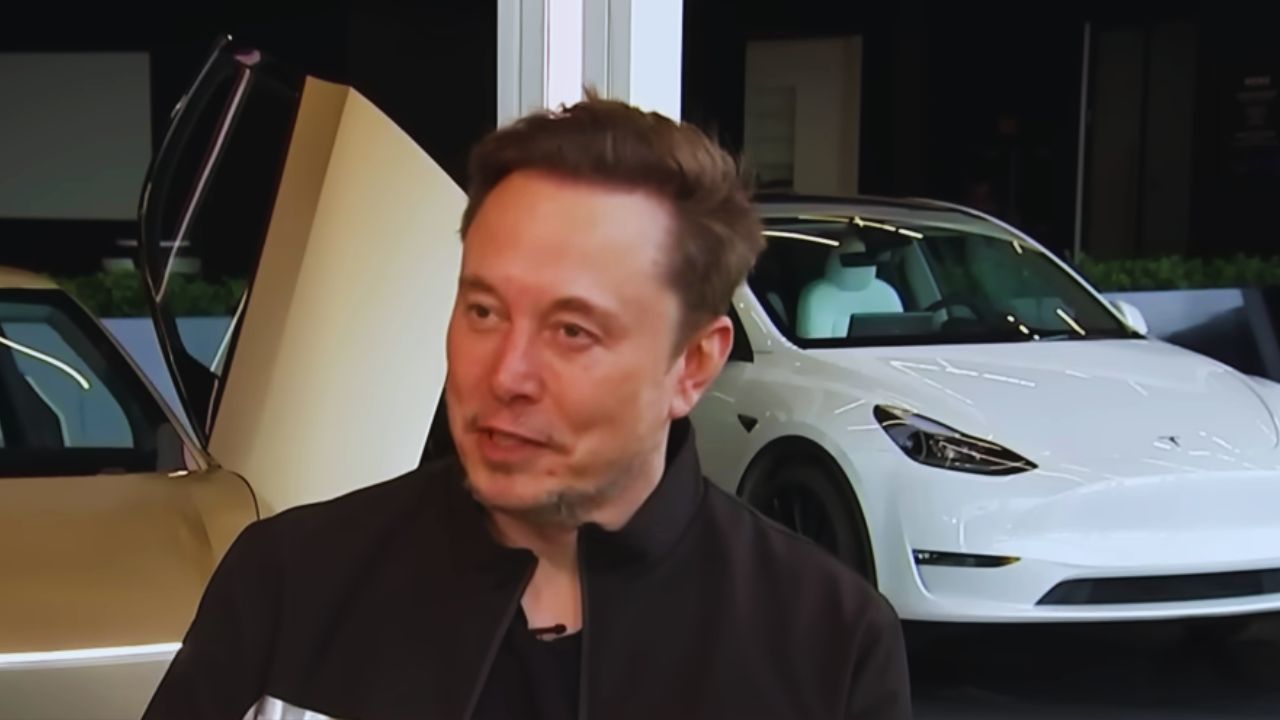Maintaining the pristine condition of your car’s paint is essential for preserving its value and aesthetic appeal over time. With multiple vehicle paint protection options available in the market, choosing the right one can be overwhelming. This article delves into two popular choices: Paint Protection Film (PPF) and Ceramic Coating, offering a detailed comparison to help you make an informed decision.
Understanding Paint Protection Options
When it comes to protecting your vehicle’s exterior, several options exist for car owners. Understanding the pros and cons of each option is important for selecting the best fit for your needs and driving conditions. Comparing factors like durability, cost, and maintenance requirements will help you in making the right choice for your car.
What is Paint Protection Film (PPF)?
Paint Protection Film, or PPF, is a thin, transparent urethane film applied to the car’s surface. PPF is a sacrificial layer designed to shield the factory paint from daily wear and tear. PPF helps protect a car’s surface against scratches, rock chips, and other road debris. PPF offers a robust layer of protection, absorbing the impact that would otherwise damage your car’s paint. Modern PPF is virtually invisible upon application, like a clear coat that enhances the car’s exterior and prevents yellowing over time.
What is Ceramic Coating?
Ceramic Coating is a liquid polymer comprising nano-ceramic particles that bond with the vehicle’s exterior after application. The result is a thin, smooth, hydrophobic layer that protects the car from environmental pollutants, UV Rays, and oxidation. The properties of ceramic coating make it easier to clean since water and dirt slide off the car’s surface easily. Some ceramic coatings combine silicon dioxide and titanium dioxide to provide the best of both worlds; these hybrid coatings offer exceptional durability while being easy to apply.
Importance of Car Paint Protection
Car Paint Protection is essential for preserving the appearance and value of your car. Without adequate car paint protection, your car’s paint is vulnerable to damage from various environmental factors, UV Rays, and oxidation. Over time, exposure to UV rays, scratches, and swirl marks can diminish the paint’s shine, leading to costly repairs or a decrease in resale value. Paint protection film and ceramic coatings can be vital investments in maintaining your vehicle’s aesthetic appeal and long-term value.
Comparison of PPF and Ceramic Coating
PPF vs Ceramic Coating: Key Differences
The key difference between PPF vs ceramic coating lies in the type of protection they offer. PPF offers a robust layer of protection against physical damage, such as rock chips, scratches, and abrasions. Ceramic coating is a liquid polymer that hardens to protect your car from minor scratches, swirl marks, and UV rays. Installing paint protection film mostly requires professional expertise, while applying ceramic coating can be a DIY job, a professional installation is highly recommended for optimal results.
Pros and Cons of Paint Protection Film
The advantages of PPF include its superior impact protection, resistance to UV rays, and protection against chemical damage. Its high scratch resistance, coupled with self-healing properties, ensures that minor scratches heal over time. With proper care, paint protection film and ceramic coatings can last for 5-10 years. However, PPF installation tends to be more expensive, ranging from $4,000 to $10,000, for the complete car and requires regular cleaning to maintain its clarity. While the upfront cost is higher, the longevity and level of paint protection are significantly higher than ceramic coatings.
Pros and Cons of Ceramic Coating
Ceramic coating excels at repelling water, oils, and chemicals, making it easy to clean and maintain. The moderate scratch resistance of ceramic coating helps maintain the paint surface looking new. In addition, ceramic coating enhances gloss and shine, creating a slick, mirror-like finish and lasting from 3 to 7 years. However, ceramic coating offers limited impact protection and lacks self-healing properties. Despite being more affordable upfront, ranging from $300 to $900, it doesn’t provide the same level of damage protection as PPF.
Choosing the Right Protection for Your Car
Understanding Your Paint Protection Needs
Choosing between PPF and ceramic coating depends on your driving conditions and the value of your car. If you frequently drive on roads with gravel or are concerned about rock chips, PPF might be a better choice. Conversely, if you prioritize ease of cleaning, enhanced gloss, and protection from minor scratches, ceramic coating could suffice. Ultimately, the best car paint protection choice depends on specific needs, driving conditions, and preferences.
Expert Recommendations on PPF and Ceramic Coatings
Experts often recommend combining PPF and ceramic coating for optimal vehicle protection. The most effective approach involves applying PPF to high-impact areas, such as the hood and bumper, followed by a ceramic coating on the entire surface. This combination provides a robust shield against scratches and chips while maximizing the vehicle’s appearance and ease of maintenance. Pairing PPF and ceramic coating also adds an extra layer of protection against chemical etching and stains. This solution offers the best of both worlds for maintaining your car’s pristine condition.
Installation and Maintenance
How to Install Paint Protection Film
Installing PPF requires precise installation that often involves professional trimming, stretching, and fitting. This ensures that the urethane film adheres seamlessly to the paint surface of your car. The installation process is far more time-consuming compared to ceramic coating, requiring specialized tools and expertise to avoid air bubbles and imperfections. When done correctly, PPF offers a virtually invisible layer of protection.
How to Apply Ceramic Coating
Applying ceramic coating requires careful preparation involving thorough polishing, decontamination, and precise application. To protect your car, the paint surface must be free of imperfections before applying the coating. The clear coat should be pristine to ensure optimal bonding and a flawless finish. Proper application of the layer of protection ensures the properties of ceramic coating, allowing it to provide optimal shine and resistance against environmental contaminants. It ensures the best of both worlds.
Maintenance Tips for Long-lasting Protection
Whether you get PPF or ceramic coating, make sure to get periodic maintenance service that applies a specialized ceramic coat spray to your car’s exterior. This helps prolong the ceramic coating’s hydrophobic effects and provides an additional layer of protection to PPF-covered cars. Regular washing with pH-neutral soap is also essential to maintain the integrity of both PPF and ceramic coating.
Takeaways
To maximize the layer of protection and longevity of either PPF or ceramic coating, professional installation is always recommended. Experts can ensure proper application, avoiding common pitfalls and maximizing the effectiveness of the chosen car paint protection method. ensuring that you receive the best car paint protection possible.


